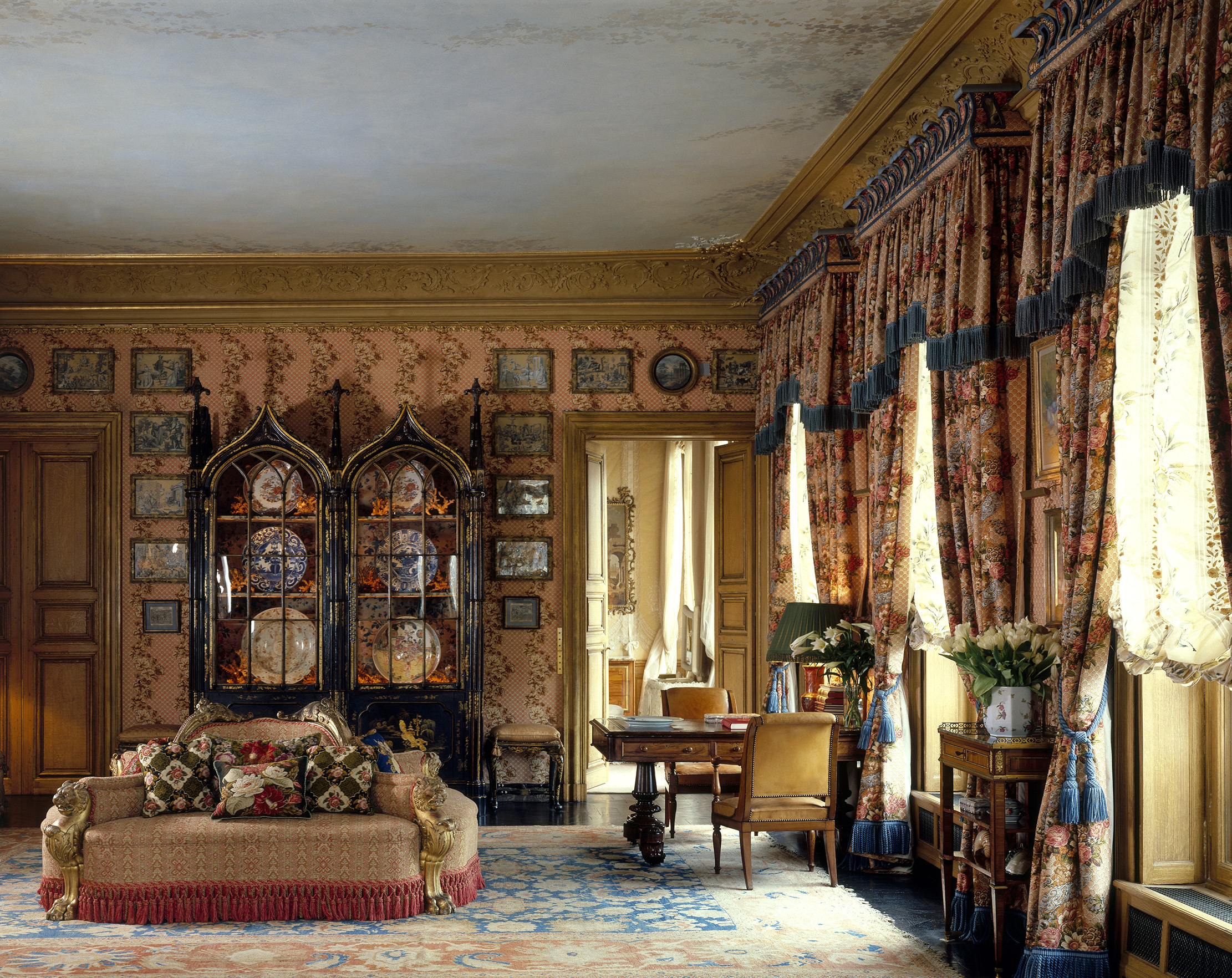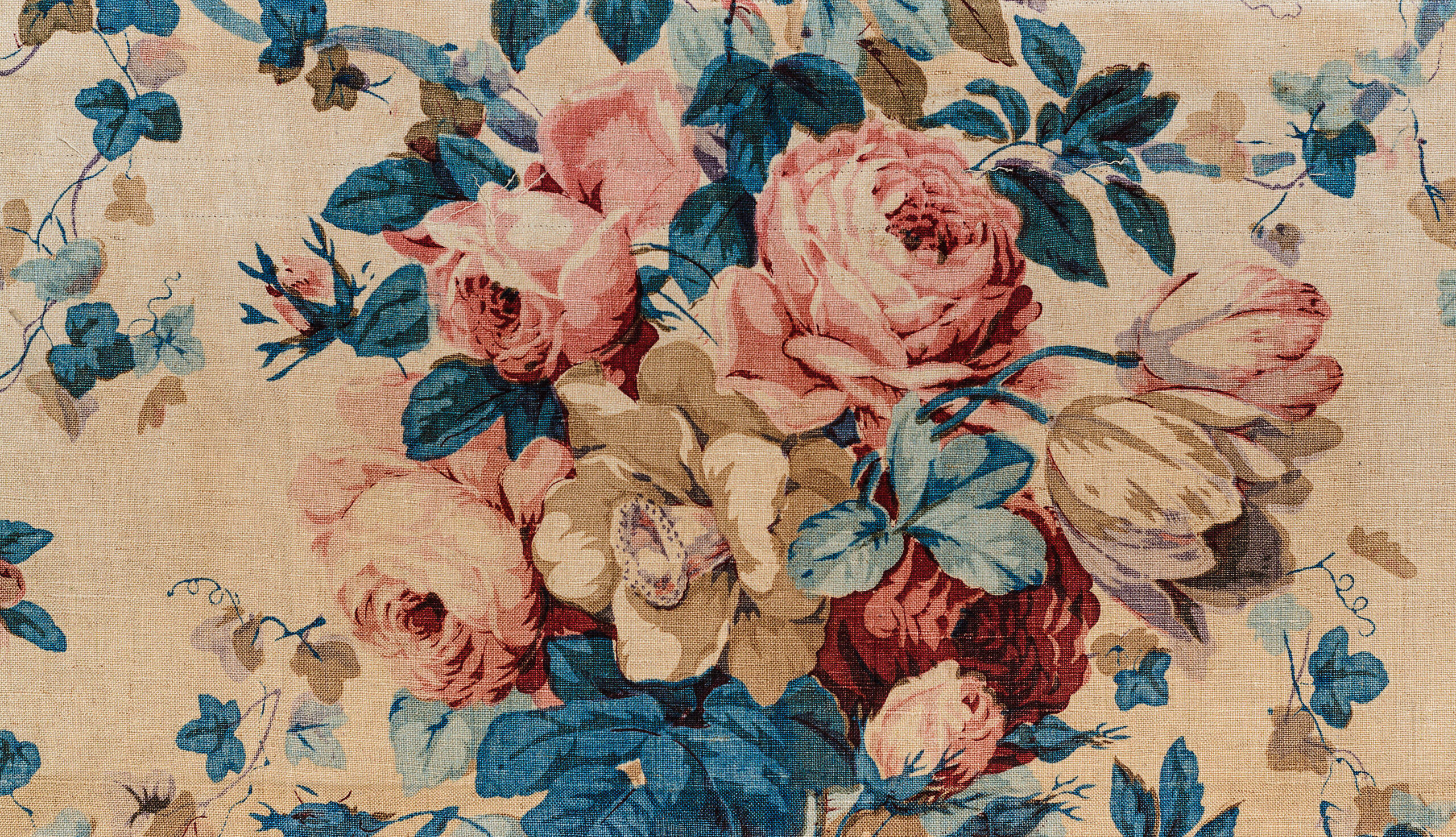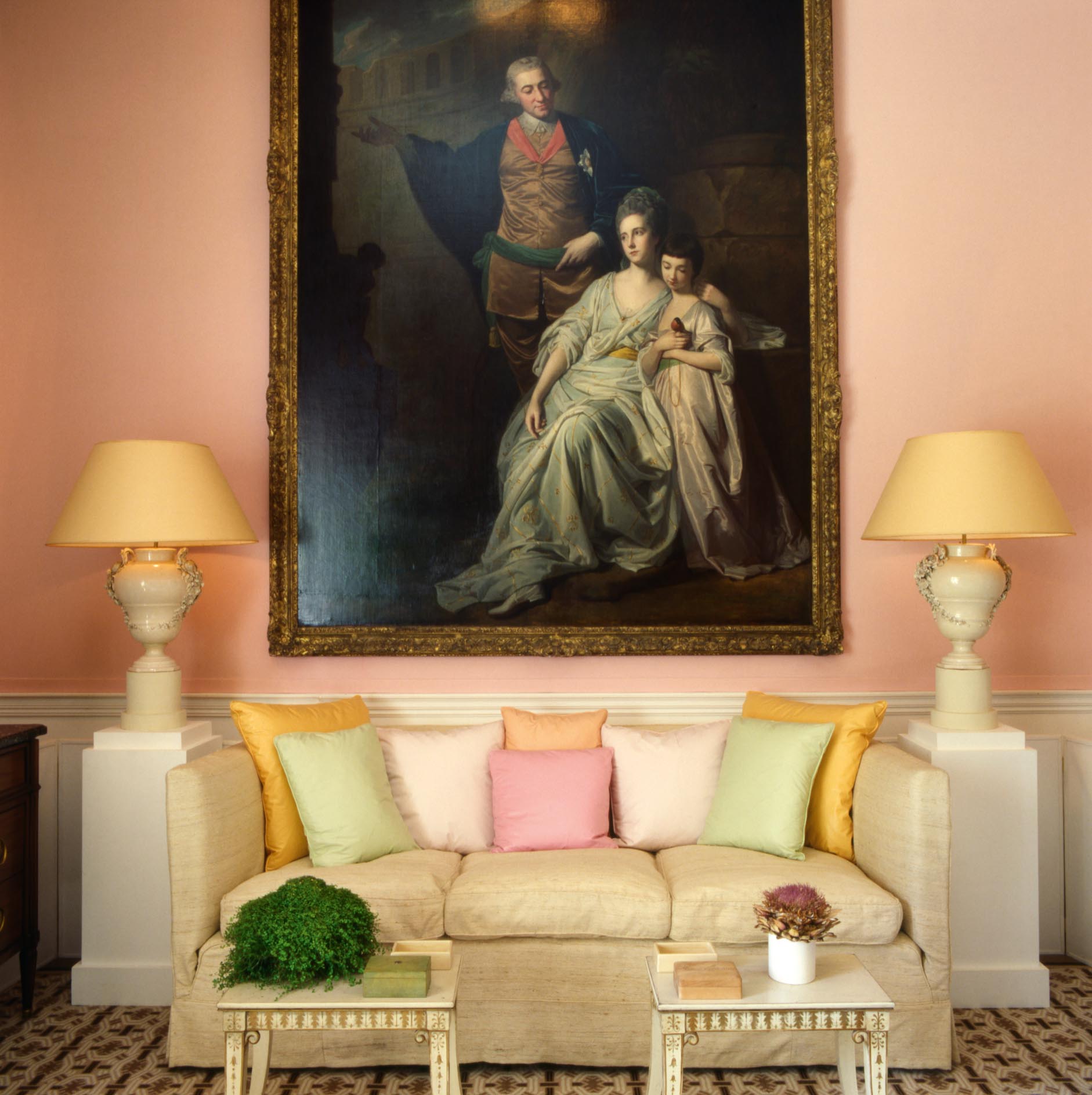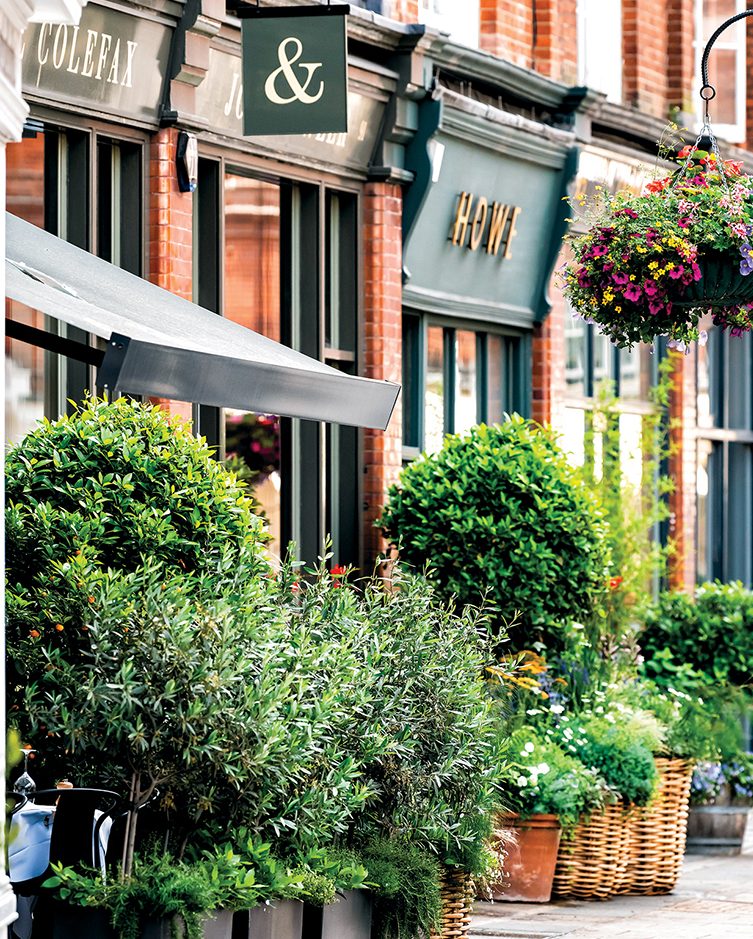Tea and sympathy: What the world of interiors owes to Geoffrey Bennison
Forty years after Geoffrey Bennison’s death, the collection that bears his name epitomises his contribution to classic English taste. Giles Kime pays tribute.


Deep within the chromosomal make-up of classic English decorating in the post-war era was a strand of DNA best known by the genetic code MDAM (make do and mend). It arose out of necessity, in a world where rationing was still in place and there was, compared with now, little choice. Fabrics were dyed interesting colours, furniture brought to life with a lick of white paint and both fabrics and walls stencilled (remember those?).
As a result, interior decorators were required to think on their feet, either commissioning their own designs or doing a bit of DIY, particularly when it came to jobs such as mixing paint. The totemic Roger Banks-Pye, of Sibyl Colefax & John Fowler, is reputed to have flicked ash from his cigarettes into mixtures to lend it texture.
At Hovingham Hall in North Yorkshire, the childhood home of the Duchess of Kent, the interior decorator Guy Elwes used a paint finish made from beer to lend a deep, soothing glow to the dining room where it’s still in place more than half a century later. Even in the 1970s, choice was pretty meagre compared with today, leading antique dealer Geoffrey Bennison to dye his fabrics in Assam tea, giving them a lived-in look that could never be achieved with a brand-new design.

Bennison was the first of a small band of antique dealers — together with Robert Kime and the former Olympic skier Baron Piers Von Westenholz — who morphed into decorators, creating layered interiors heavily laden with mood. In 2017, a Christie’s auction of the collection of publisher Lord Weidenfeld was a reminder of Bennison’s ability to imbue a space with a sleepy grandeur with the help of expensive antiques. ‘Shabby is chic and quite à la mode, but it doesn’t come cheap on the Pimlico Road,’ is the inscription on a caricature by the illustrator Lawrence Mynott.
Bennison’s work was the subject of a book, Geoffrey Bennison: Master Decorator (Rizzoli), written by his assistant, Gilly Newberry. Perhaps his greatest achievement was to demonstrate that if you want to achieve a pleasant, comfortable interior, old (and slightly threadbare) is gold.
The hugely influential tastemaker died in 1984. As with so much of the work interior designers created in that period, few of his projects survive. However, his legacy remains in the extensive collection of fabrics he created, now available from a shop founded by Mrs Newberry and her husband (also called Geoffrey). His name remains above the door, a reminder of a period of English decorating that was not only highly inventive, but also extremely pragmatic.

How 1980s interiors are being re-discovered by designers too young to remember them first time around
As London Design Week kicks off, we looks at some of the highlights — including our own Giles Kime's look at
Exquisite houses, the beauty of Nature, and how to get the most from your life, straight to your inbox.

Credit: Alamy Stock Photo
In Focus: How Pimlico went from Mozart's playground to a world-famous hub for design and antiques
London’s premier design district is home to some of the world’s leading interior-design and furnishing shops, but its refined façades
